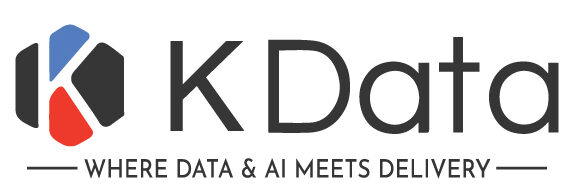
Canada has a huge opportunity to increase productivity, especially in the infrastructure sector. This is suffering from inefficiency, budget crossings and delays. Tools such as artificial intelligence (AI) and analytics can help you manage these challenges, leading to increased efficiency and results. A report recently granted by
TD Economics showed that the introduction of AI into industry over the next decade could lead to a 5% to 8% increase in Canada’s actual gross domestic product. “This means a 0.5-0.7% drive against annual productivity, which will help compensate for some of the headwinds from the aging workforce,” the report said.
AI can increase productivity for on-site employees and resources. For certain specific tasks currently required 10 people, the AI realization team can work with one or two people in the near future.
Adoption of technology and AI in infrastructure
Few businesses in the infrastructure sector use the vast amounts of data they have for decision-making. Organizations can make better judgments by combining this data and applying analytics and artificial intelligence (AI), such as including real-time project monitoring.
Processes for resource management can be made more efficient after that is established. Businesses might observe, for instance, that not all of the equipment on site is being used or that certain employees are not working enough but are still being paid for their time. More sophisticated AI can also keep an eye out for possible problems, such anticipating and averting equipment malfunctions or proactively modifying project schedules to maximize resource efficiency.
Transactional processes—those with simple yes/no responses—will be replaced by AI. It is crucial since spreadsheet analysis and numerical computations are typically the most time-consuming tasks.
Additionally, teams will develop to include both virtual and human agents. This change will aid in resolving shortage concerns. At the moment, it is difficult to replace a specialist who departs a team. By assuming technical responsibilities, AI can close this gap and preserve operation continuity and flow.
Use cases and applications
AI-based site monitoring
Construction sites can be monitored with drones and computer vision technology. They can be used, for instance, to monitor resource utilization in real time, identify any hazards, and make sure employees are following safety protocols.
Asset performance management
Fund, asset, and portfolio performance management can be monitored centrally. Executive reporting provides responses to important stakeholders and investors in a timely manner; automated recurring processes ease the workload of analysts and minimize human error; and current models and reports can be used to generate customized solutions based on particular requirements.
Contract and knowledge management
It takes a lot of time and effort to find and analyze information. Businesses may improve contract comprehension, obtain assistance with term sheet creation, and swiftly extract important information like deadlines with AI.
Project artefacts and status updates
The process of preparing and reviewing documents is sometimes repetitious. AI can boost creativity by utilizing project content that already exists. Additionally, it gives project managers access to real-time project progress data, enabling them to make proactive plan adjustments as necessary.
Project profitability and variance monitoring
Companies are able to track variance in real time and identify factors that influence profitability. This can improve strategic guidance through continuous reporting and monitoring with data visualization tools, lower operating expenses with important findings, and boost revenue growth and margin expansion with more effective pricing and sales targeting tactics.
